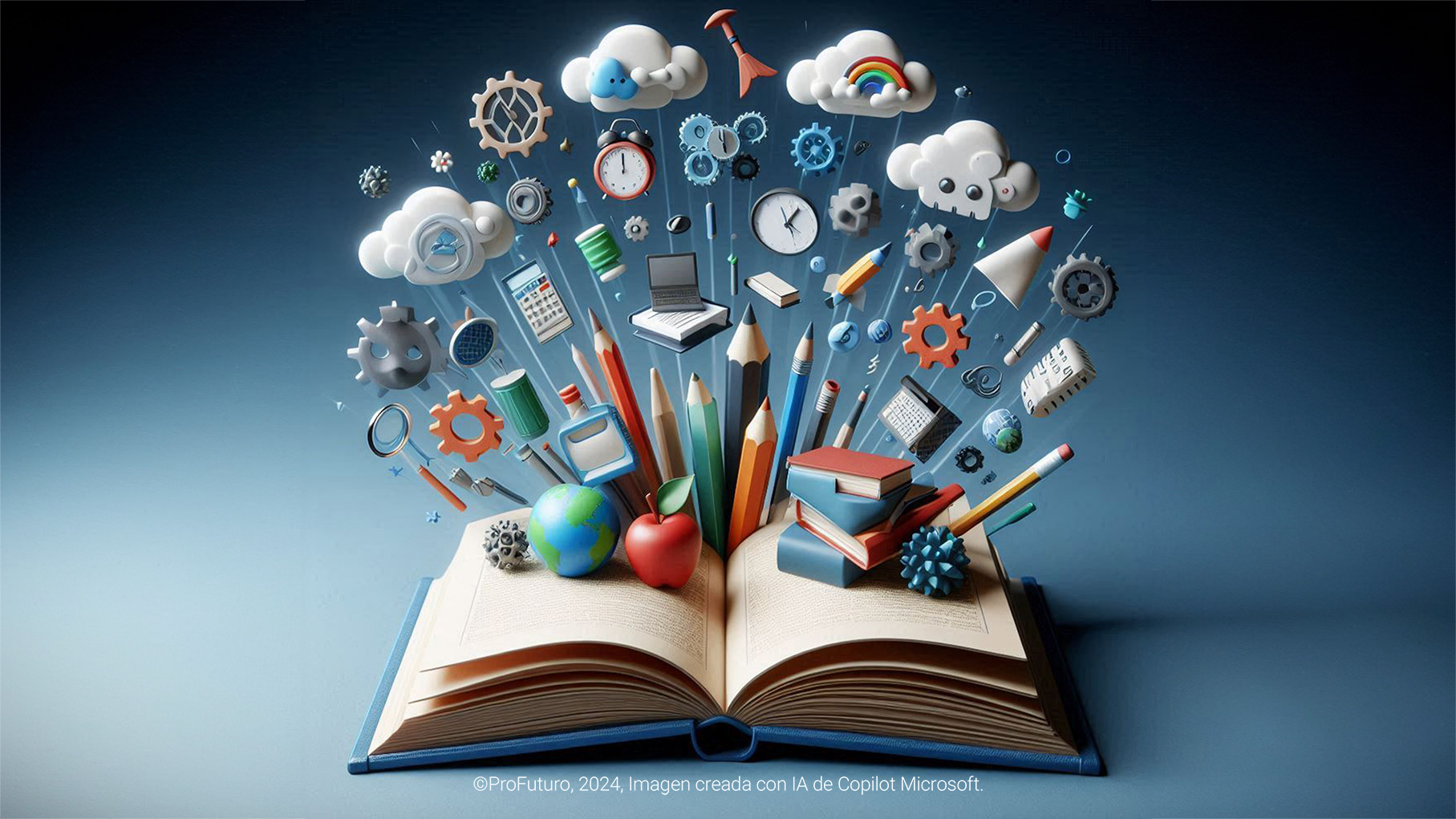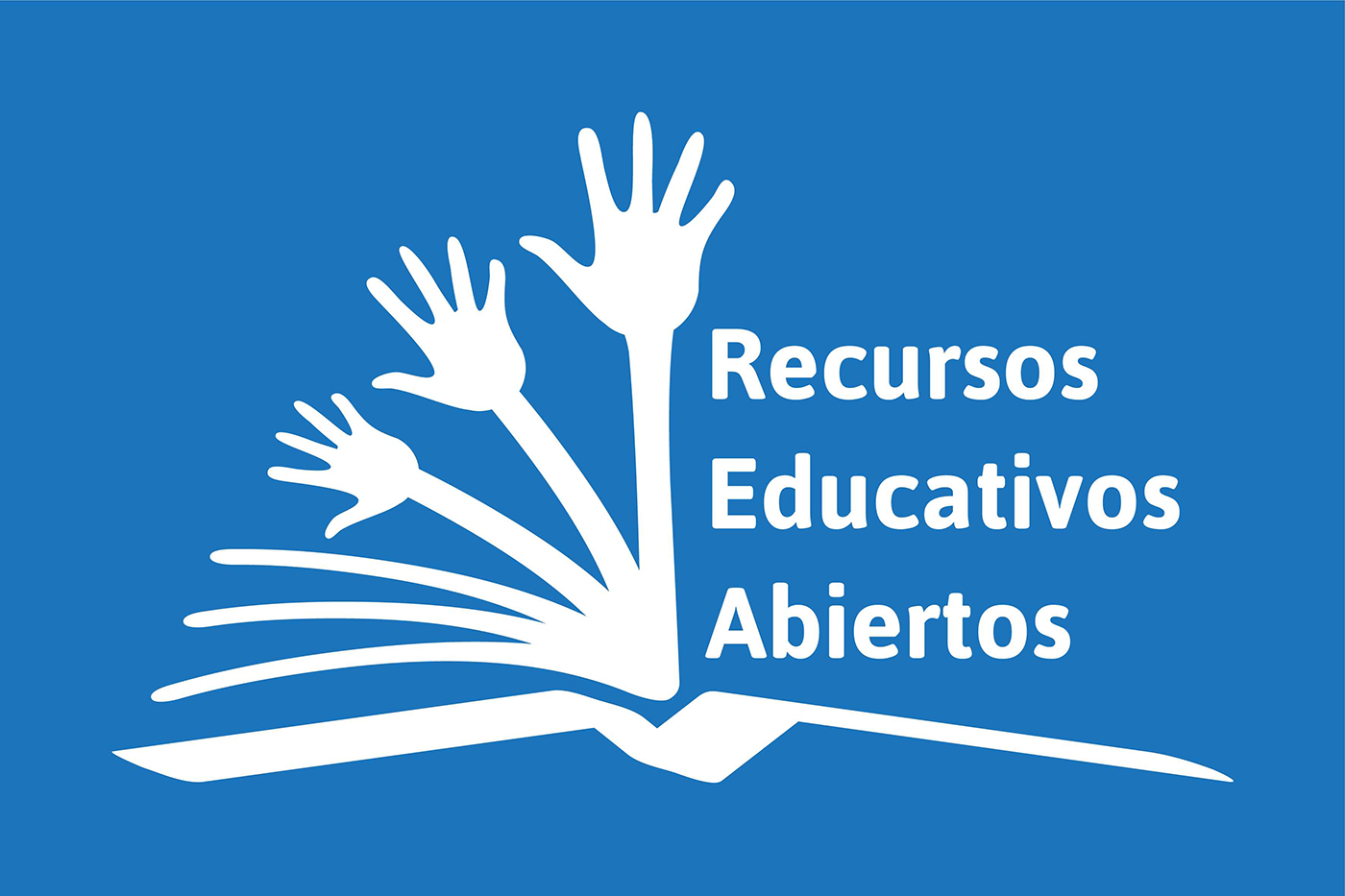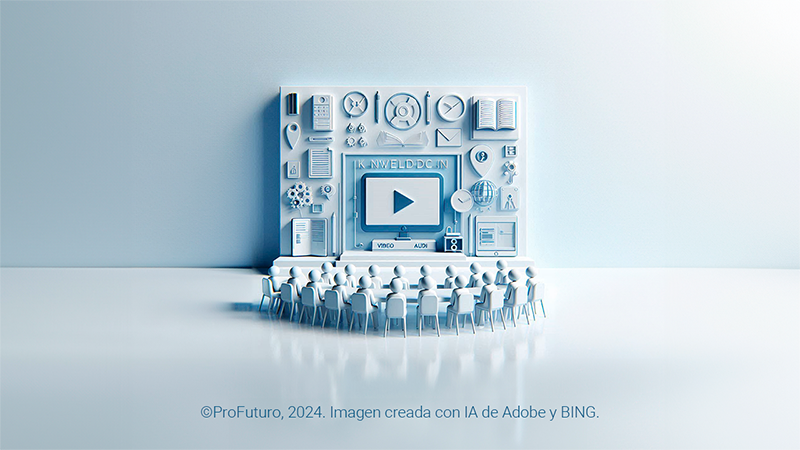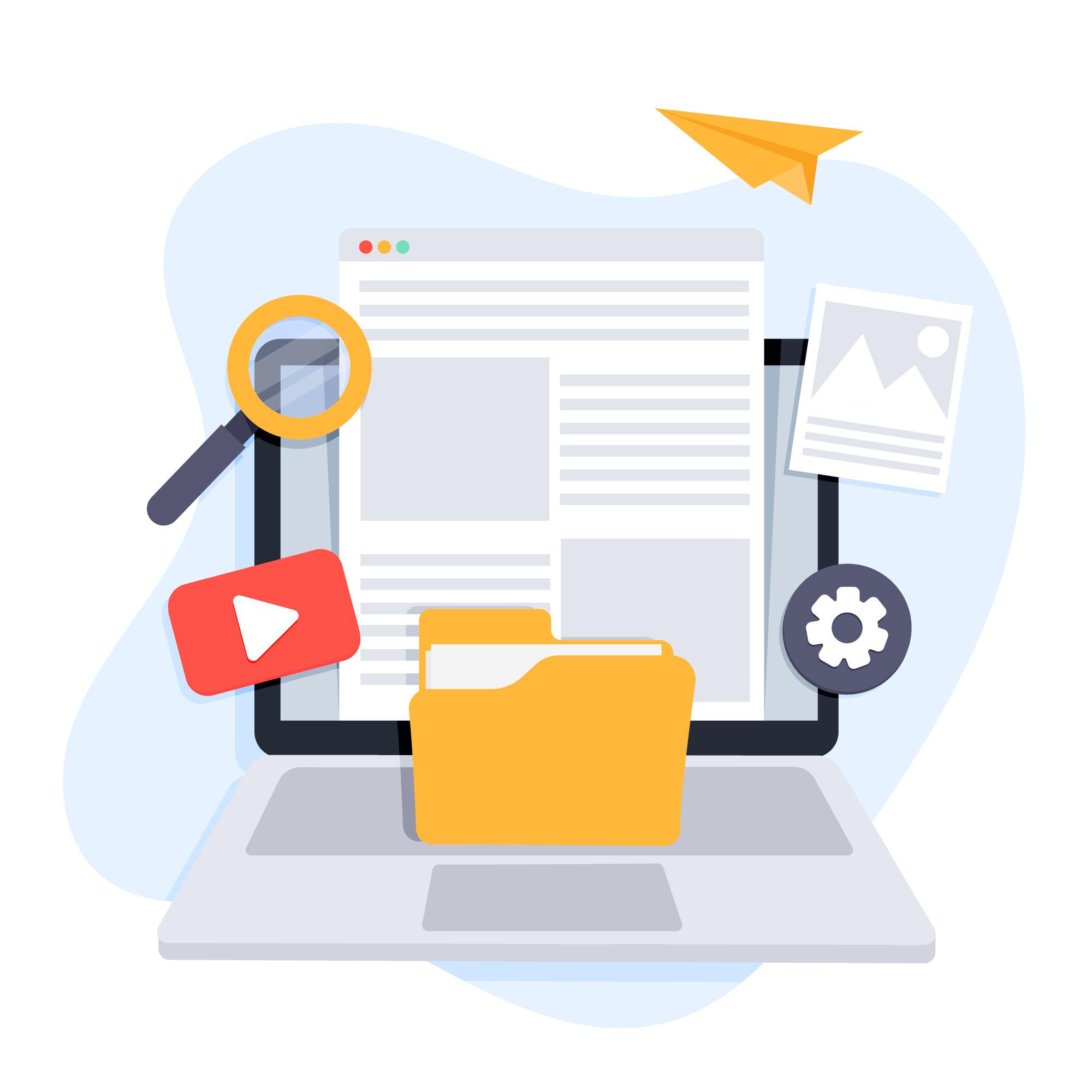Imagine a teacher needing to teach their students basic physics concepts such as energy and motion, or a student tasked with a project on Egyptian civilisation. The teacher might use PhET simulations to help their students understand these concepts. The student could turn to OER Commons to find resources like interactive maps and historical documents to create a presentation on the pyramids of Egypt and their cultural significance. These are just two examples of how OER are transforming teaching and learning in the 21st century. OER democratise access to knowledge, ease teachers’ workloads, and empower students to explore and master new ideas independently.
In the following sections, we will explore what OER are, their benefits and challenges (because they do have challenges). We will also look at some of the most popular and widely used OER and examine the guidelines that public administrations should follow to design policies for the creation and use of OER that are effective and aligned with SDG 4.
What Are Open Educational Resources?
Open Educational Resources are teaching, learning, and research materials that are either in the public domain or published with an open licence allowing their free use, adaptation, and distribution by third parties. This includes everything from textbooks, curricula, and teaching guides to educational software and online learning platforms. The key feature of OER is that they can be reused and adapted without legal restrictions, facilitating their dissemination and personalisation for different educational contexts.

OER offer several benefits, not only expanding learning opportunities but also promoting pedagogical innovation, content customisation, and the development of collaborative learning communities. Let’s explore these advantages:
- Universal access to education: One of the primary benefits of OER is that they provide free access to high-quality educational materials. OER allow anyone, anywhere, to access knowledge without financial or geographical barriers. This is especially valuable in regions where educational resources are limited or costly.
- Promotion of educational innovation: By allowing content to be adapted and modified, OER foster creativity and innovation in teaching. Educators can tailor resources to meet the specific needs of their students, experiment with new pedagogical approaches, and share their adaptations with the global community.
- Cost reduction: For educational institutions and students, the use of OER can lead to significant savings on textbooks and other educational materials.
- Encouragement of collaboration: OER encourage collaboration among educators, students, and experts worldwide. Online communities formed around OER facilitate the exchange of ideas, co-creation of content, and development of transnational educational projects.
Challenges Facing Open Educational Resources
Despite their numerous benefits, the adoption of OER is not without challenges, which have been noted by experts and international organisations such as UNESCO. We mention the three main challenges:
- Quality and reliability: While many OER are of high quality, the open nature of these resources means that not all have undergone peer review or rigorous evaluation. This raises concerns about the accuracy and relevance of the content. In this regard, Esteban Venegas, Director of the Educational Foresight Observatory at the Monterrey Institute of Technology, warns in a Fundación Telefónica Movistar Colombia podcast: “We must be very mindful of the quality and relevance of the information these resources contain because not all OER are created equally. Many of the contents we find online can be irrelevant or outdated… That’s why we need to be very aware of this and use critical thinking.”
- Sustainability: Although OER are free for users, their development, maintenance, and updating require resources. Financial sustainability is a critical issue, especially when these projects depend on public funding or philanthropic organisations. The 2019 UNESCO Open Educational Resources Recommendation Report clearly mentions the need to create sustainability models to ensure the continuity of OER and highlights the challenge of ensuring their quality and adaptation to different cultural and educational contexts.
- Recognition and acceptance: In some educational contexts, OER have not yet gained the same level of recognition as traditional educational materials. This can hinder their widespread adoption, particularly in institutions that place high value on conventional resources.
Open Educational Resources are teaching, learning, and research materials that are either in the public domain or published with an open licence allowing their free use, adaptation, and distribution by third parties.
How to Design Effective OER Government Policy
In 2019, UNESCO and the Commonwealth of Learning (COL) published a guide to help policymakers and institutions design concrete policies for the creation and use of open educational resources. This document outlines the steps for examining, analysing, developing, implementing, and evaluating an OER policy tailored to each context and offers practical tools for creating a real action plan.
The guide outlines seven stages in the OER policy-making process:
- Understanding the potential of OER: This stage aims to introduce the concept of OER and explain their importance for achieving the Sustainable Development Goals, particularly SDG 4, on inclusive and quality education.
- Determining the future vision for OER: At this stage, a clear vision must be developed regarding the role of OER in the country’s or region’s educational context. This stage should focus on how these resources can address educational challenges, such as cost reduction, educational inclusion, or adapting content to national, local, or regional needs.
- Establishing the policy framework: Defining the scope and scale of the policy: deciding whether it will focus on a specific educational sector (primary, secondary, higher education) or the entire education system, and whether it will be local, institutional, or national in scale.
- Analysing gaps: This stage involves analysing the gaps that may hinder access, creation, and use of OER. For example, what is the state of the technological infrastructure? What is the actual capacity of potential users to develop and use OER? Are there any regulations that can facilitate their adoption?
- Developing the master plan: Creating a detailed plan for implementing the OER policy. This includes defining how resources will be created, stored, and distributed, and how they will meet quality assurance procedures. Strategies should also be devised to ensure financial sustainability and teacher training.
- Planning governance and implementation: Once the plan is designed, it is essential to establish a governance framework to oversee the policy’s implementation. This involves allocating resources, defining key indicators for progress, and creating mechanisms to ensure the participation of all stakeholders.
- Launching the OER policy: The final stage focuses on implementing the policy and ensuring that it fits the local educational reality. This includes obtaining approval and support from educational authorities and key actors, disseminating the policy to all stakeholders, ensuring teachers understand how to create, use, and adapt OER, and establishing a monitoring system to assess the policy’s progress.
The challenges of OER are particularly related to sustainability, adaptation to local contexts, and low-connectivity situations.
Open Educational Resources Around the World
How is the adoption of these resources progressing in education systems around the world? In recent years, particularly since the adoption of the UNESCO Recommendation mentioned earlier, significant progress has been made in the adoption of OER, according to data from a 2023 report presented by UNESCO with data from 78-member states. Of these countries, 77% have implemented national or institutional policies to ensure that publicly funded educational resources are available as OER.
Noteworthy examples include Brazil, which has implemented legislation to ensure publicly funded educational materials are available as OER, facilitating access in rural and low-income areas; Finland, which promotes the creation and sharing of open educational materials through its OER library and established quality standards; New Zealand, which leads international OER initiatives in the Pacific and develops resources in indigenous languages like Māori; and Uruguay, where Ceibal promotes the use of OER throughout the education system, providing teachers with tools to create and adapt resources.
Despite these advances, the report also highlights challenges, particularly related to sustainability (56% of Member States reported the need to establish sustainability models for OER) and adaptation to local contexts and low-connectivity situations (63% of countries noted the importance of adapting these resources to local contexts and low-connectivity situations).
Open Educational Resources have great potential to transform educational systems by promoting equity and inclusion and offering innovative solutions to some of today’s most pressing educational challenges. However, there are still challenges related to quality, recognition, and sustainability that governments and institutions must address. By doing so, we can expedite the path towards a more open and accessible education system.






